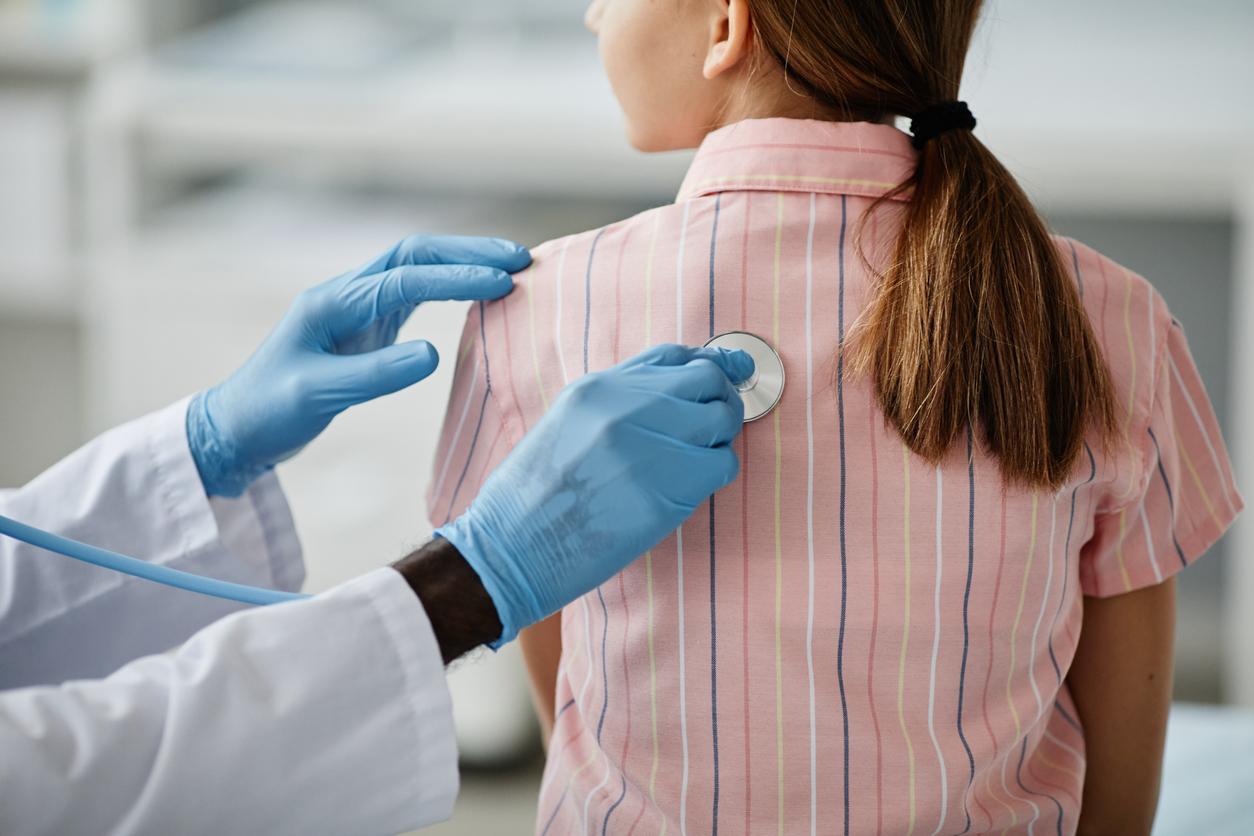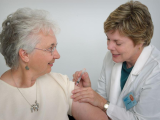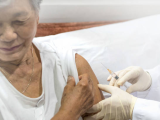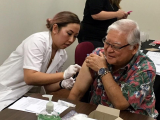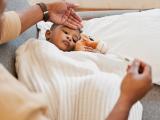The Centers for Disease Control and Prevention (CDC) said its latest data on pediatric pneumonia show that levels for the youngest children, those ages 0 to 4, are expected for this time of year but are slightly higher for kids ages 5 and older.
In a December 1 statement, the CDC said it is closely monitoring reports of increased respiratory illness activity around the world, including recent reports of elevated pediatric pneumonia levels in China and some European countries.
Slight rise in school-age kids, akin to before pandemic
In the United States for the week ending November 25, the CDC's National Syndromic Surveillance Program, which covers 78% of the country's emergency departments, showed pneumonia diagnoses for children as old as 1 was 1.7%, and for kids ages 2 to 4, the level was 2.4%. Both are in line with previous years.
For children ages 5 to 17, the level was 1.5%, reflecting a slight increase, but similar to pre–COVID-19 pandemic years.
Last week, Ohio's Warren County reported a rise in pediatric pneumonia cases in children ages 3 to 14 and emphasized that there is no evidence of a novel pathogen or a connection to other outbreaks. Also, Massachusetts health officials have reported a modest rise in pediatric pneumonia cases over the past few weeks, with no sign of a link to Mycoplasma pneumoniae , the Boston Herald reported, citing the Massachusetts Department of Public Health.
Meanwhile, the CDC said lab analysis suggests that the small rise in pneumonia isn't caused by a new virus or other pathogen. "Instead, these increases are likely caused by viruses and bacteria we expect to see during the respiratory illness season."
Developments in Asia, Europe
In South Korea, the Korea Disease Control and Prevention Agency said the number of hospitalization for Mycoplasma pneumonia cases have doubled over the past 4 weeks, mostly involving children ages 12 years and younger, the Korea Biomedical Review reported today. Pediatricians are raising concerns about a possible pediatric care crisis.
Hong Kong's Centre for Health Protection (CHP) said it is closely monitoring Mycoplasma hospitalizations in children, which it said are currently stable but are tracking higher than in August. The CHP said its illness trend monitoring shows that rhinovirus and enterovirus are the most commonly detected respiratory viruses.
Meanwhile six countries in the European Union/ European Economic Area have reported recent increases in Mycoplasma pneumoniae detections, the European Centre for Disease Prevention and Control (ECDC) said in its latest weekly communicable disease report. Though it didn't name the countries, Denmark and the Netherlands have reported case rises.
Ireland has reported a small rise in Mycoplasma pneumonia cases in children and teens, the Irish Independent reported, citing the country's Health Service Executive. The number of cases remains small, but rates rose in October and November. An official with the National Virus Laboratory said cases are above last year's activity but are following an expected cyclical pattern.
The ECDC said Mycoplasma pneumoniae epidemics typically occur every 1 to 3 years and that the increases this year follow a 3-year period of very limited transmission. It added that though one country reported a rise in severe cases involving intensive care unit admission, there are no reports of atypical strains or evidence of resistance to first-line macrolide antibiotics.
